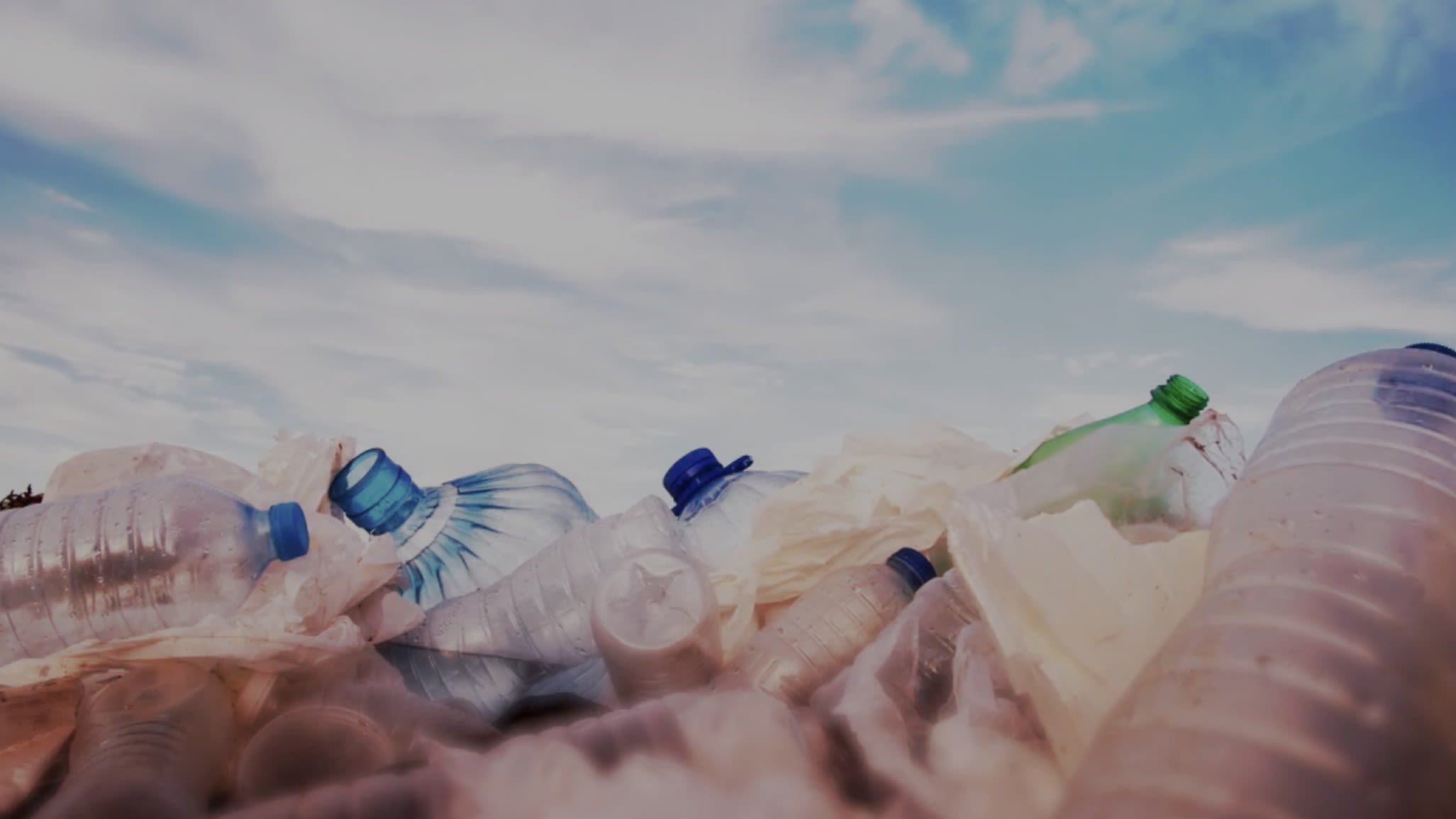Death: What can we do with our bodies?
The ever-expanding options for disposing of our mortal remains
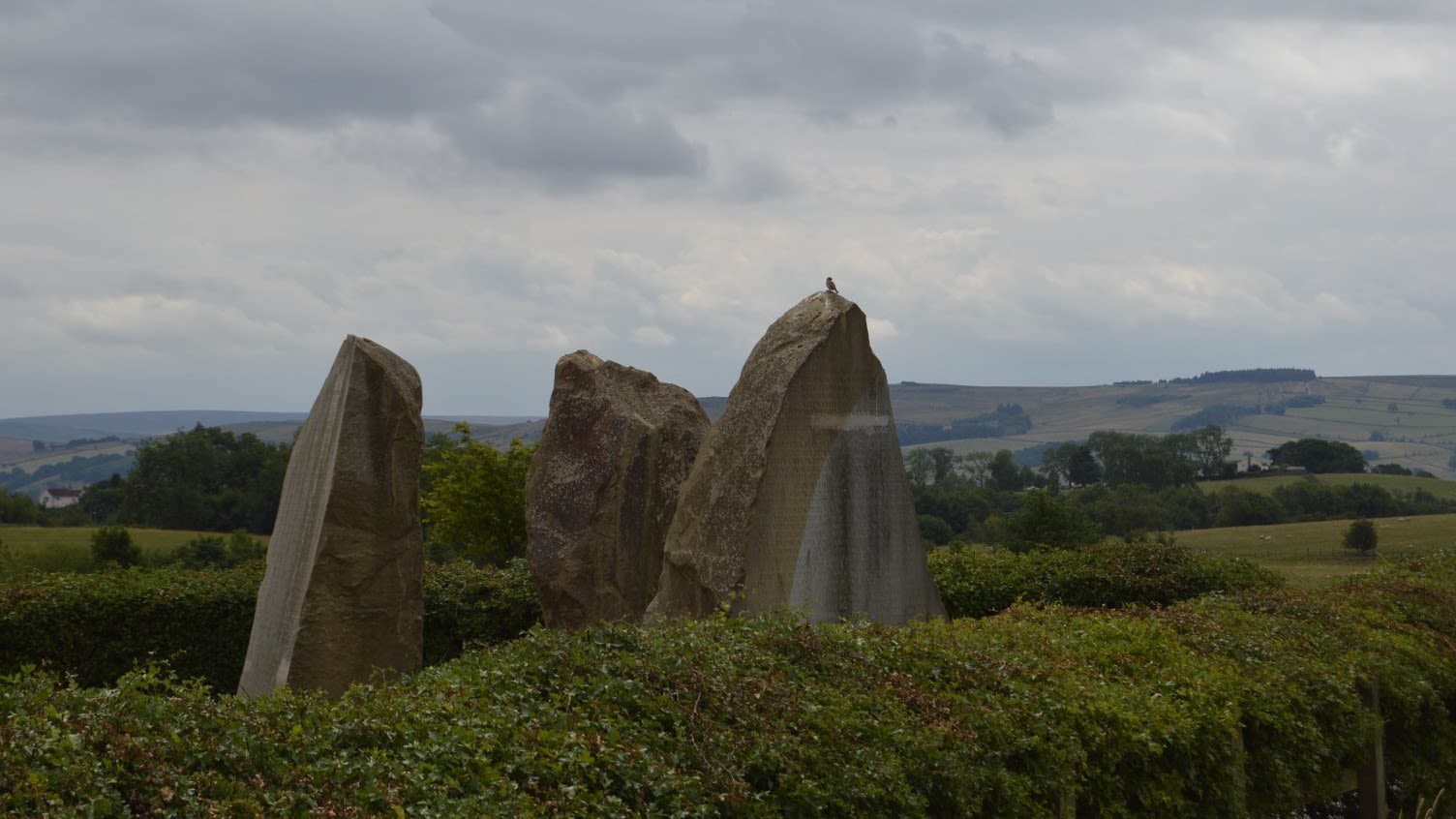

Death is an intensely personal thing, and our decisions in its aftermath vary hugely from person to person and country to country.
The merest glance at a European map of cremation rates shows a continent divided, polarized in perhaps unpredictable ways.
Firstly, there is a huge difference in the percentages of populations whose bodies are cremated: In Sweden it's 83.9 percent, in Greece just 0.4 percent.
But this is no simplistic north-south divide. Neighboring countries can have utterly different attitudes to cremation. More than three-quarters of the UK population goes up in smoke, compared to one in four among the Irish. And that's not even the biggest neighborly difference: just one in 200 Romanians meets a fiery end, while across the border, it's two in three Hungarians.
Clearly, we have very differing views on how to dispose of the dead. What might make things even more disparate – or possibly level things out – is that the previous, pretty much binary choice between burial and cremation is rapidly getting far more complicated.
Among the alternative methods of bodily disposal rapidly gaining popularity, we can have ourselves eaten by microbes, freeze-dried or 'water cremated'. But before we get to those, let's look at a new twist on an old favorite: the rise of the 'natural burial.'
Natural burial
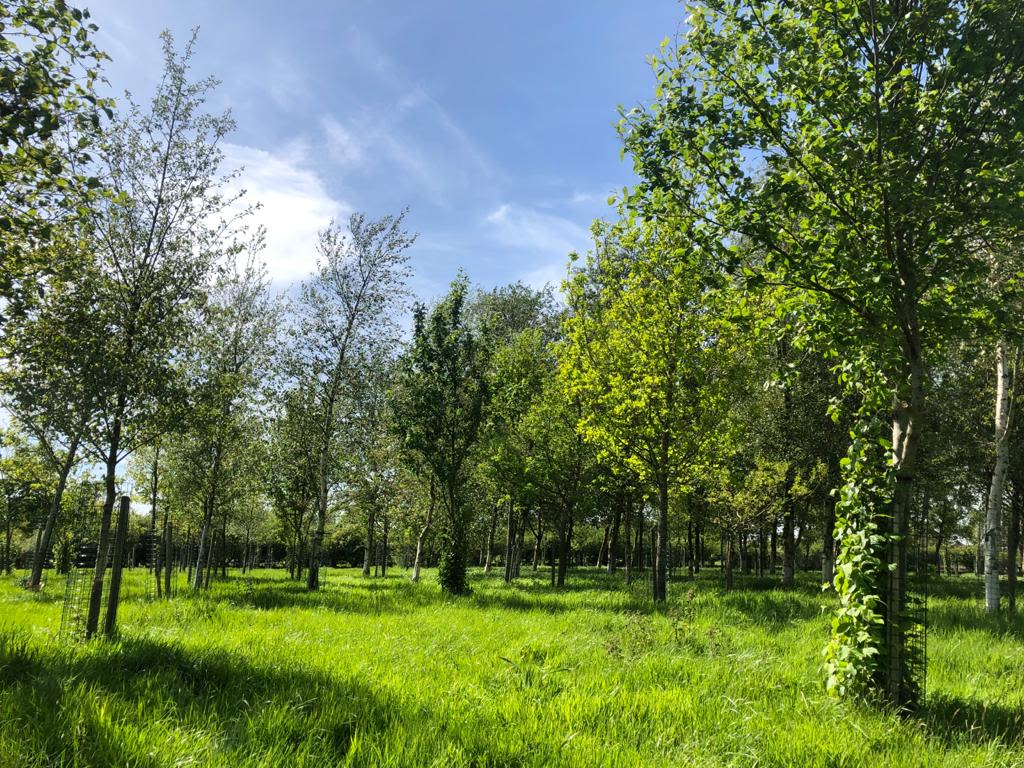
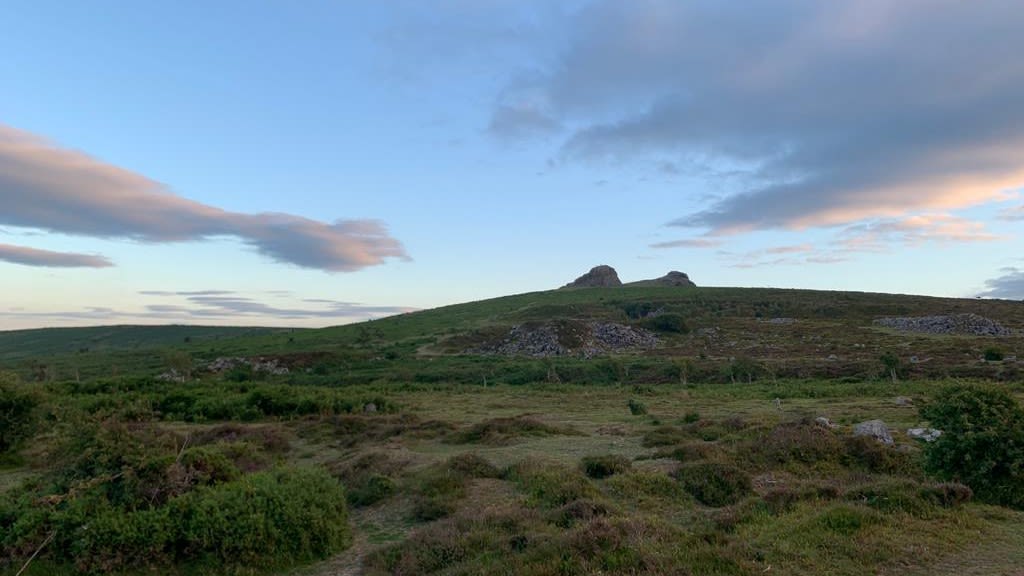
Humans have long sought natural spaces, such as the UK's Dartmoor, for scattering ashes. /Elizabeth Mearns
Humans have long sought natural spaces, such as the UK's Dartmoor, for scattering ashes. /Elizabeth Mearns
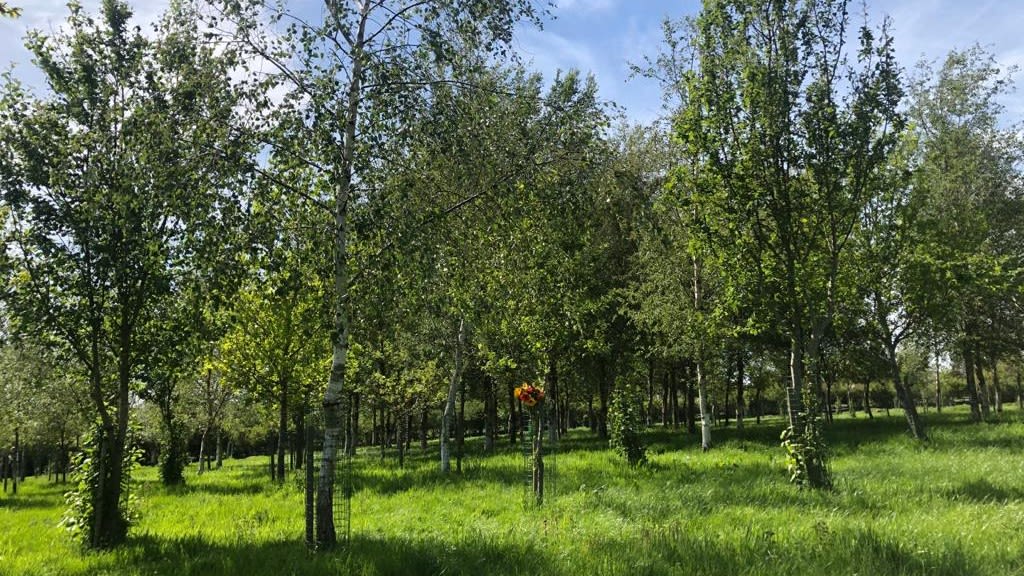
At a natural burial ground, grave positions are marked by trees... /Anna Scott-Mearns
At a natural burial ground, grave positions are marked by trees... /Anna Scott-Mearns

...and the dead can be commemorated by a communal memorial stone. /Tarn Moor Memorial Woodland
...and the dead can be commemorated by a communal memorial stone. /Tarn Moor Memorial Woodland

"Where she's buried is in what was a field but has now been returned to woodland. She's allowed to have wild flowers as well as a tree, which denotes where she is, and a little slate plaque. It will be a woodland and that was part of mum's belief – returning the cycle of life from birth to death and around again."
Julia Lonnkvist's mother had a 'natural burial' – one of thousands which take place across the UK each year. Since the 1990s, the UK has led the natural burial movement as more and more people shun a traditional burial or cremation in favour of a more ecologically friendly send off.
"My old dad used to say, 'When I'm gone, stick me at the bottom of the garden and plant an apple tree on top of me,'" says Rosie Inman-Cook. "While I was looking into the legality and feasibility of doing that, I came across the natural burial ground movement in the UK – and I set my own up."
She now manages both the Natural Death Centre charity and the Association of Natural Burial Grounds. But what exactly is a natural burial? Bodies are interred in the ground without being embalmed, in biodegradable coffins of wicker, willow, bamboo or cardboard – or even just a fabric shroud.
Adding to the sense of returning to nature, the burial sites are usually in the beautiful countryside with which England abounds. As Inman-Cook explains, "You're in a lovely place, you're planting trees, you're creating a wildlife reserve and hopefully it will gain even more protection as more and more unusual species of flora and fauna move in."
The first natural burial ground was set up in 1993 by Ken West. A local authority cemetery manager in Carlisle in the north of England, he worried that traditional cemeteries were often wasteful and not helpful to the wildlife living in graveyards – and his idea quickly became very popular.
"We now have probably something like 350 natural woodland ecological green burial sites in the UK," says Douglas Davies, a Durham University professor who is also director of the university's Centre for Death and Life Studies. "This is a rapid piece of social change.
"This was not a government-down movement, this was a grassroots-up movement, before environmental, ecological drivers were really hitting the public world. I think it fits with British attitudes towards gardening, to birds, to trees, to the natural environment rather than the dry-as-dust cemeteries and churchyards."
Natural burial sites can be owned by local authorities, charities, funeral directors or landowners, and are largely unregulated, although Inman-Cook says it's not exactly a walk in the park to set one up: "You need planning permission for the change of use of your land to a green cemetery, you have to jump through various hoops – highways, archaeology, environment agency wanting to know that you're not going to pollute the groundwater with the products of decay" – but "we get a handful every year. The number is growing all the time."
It helps that the UK has what Davies calls a more relaxed approach to post-life arrangements. In Germany, for instance, ashes from cremations can be interred in woodland areas but natural burials aren't permitted. For centuries burials were the only option in Europe, before 'cremation by flame' was gradually accepted by church, state and public.
However, in the last few decades the green movement has raised ethical concerns of a different kind over cremation. It requires energy-hungry temperatures of 750 degrees Celsius and releases high levels of carbon dioxide, along with toxic materials such as mercury in tooth fillings and plastics from implants.
Traditional burials have their own environmental issues – embalming chemicals and coffins using non-biodegradable materials – and in many European countries a lack of cemetery space is a real concern. What Davies calls "the carbon footprint of death" is leading to a search for alternative methods.
Water cremation
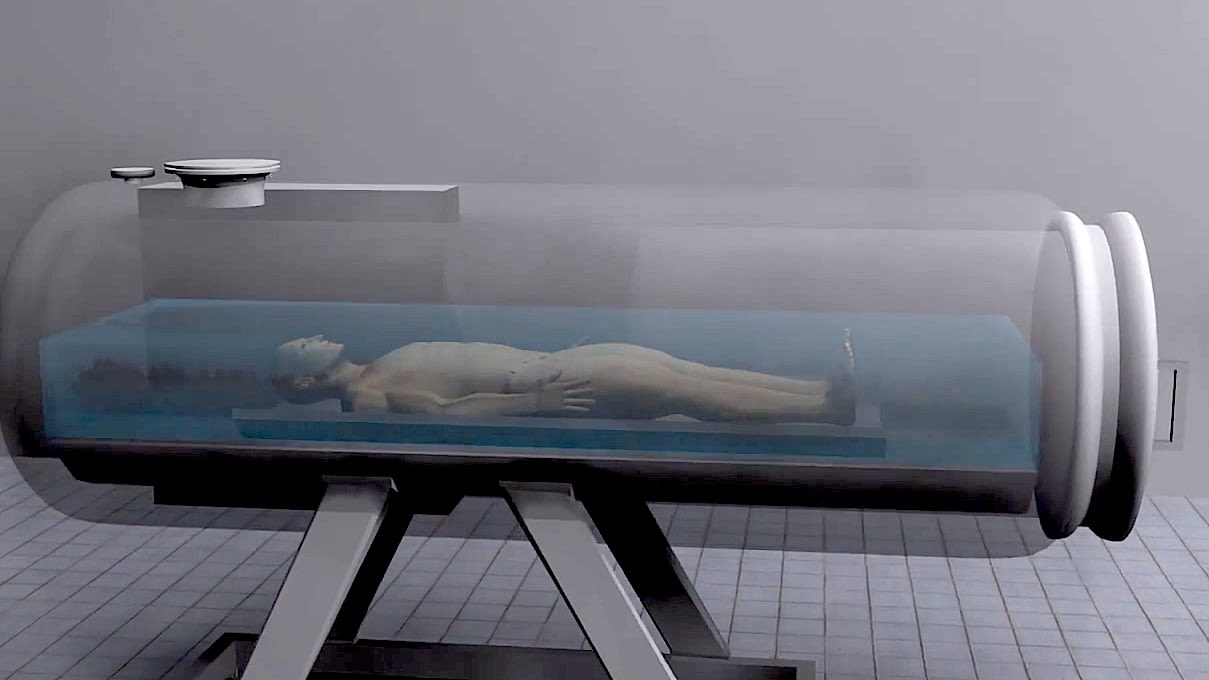
One idea gaining particular traction in the Netherlands and Ireland, along with some states in the U.S., is alkaline hydrolysis – or, to give it a more approachable name, aquamation or water cremation.
"Instead of using flame, we do it using water," says Sandy Sullivan, whose manufacturing company Resomation won the UK Observer newspaper Big Idea Ethical award in 2010. The process uses a strong alkaline, often potassium hydroxide, to help break the body down.
"You're left with the bones, which are pure white, and it's given back just like with flame cremation," says Sullivan, who named the company after soma – Latin and Greek for the body.
"The big difference is, ours is much more environmentally friendly. Flame has served the public well in saving land for the living for 160 years, but with high CO2, high NOx emissions and various other dioxins, it's quite a dirty process."
"It's the rebirth of the human body in a different form."
By contrast, after water cremation, "The water is purified, it goes back into the river and round the water cycle – but the nutrients from the body are collected, made into fertilizer and applied to the land. It's the rebirth of the human body in a different form."
Sullivan also notes the comparative eco-dangers of even a 'natural' burial: "Alkaline batteries, dental amalgam – eventually it will eke out. They could have had chemotherapy, drugs – which are carcinogenic buried in the soil."
Certainly business is booming: Resomation's machines cost around $450,000, but Sullivan says he's sold more in the last six months than he had in the previous decade.
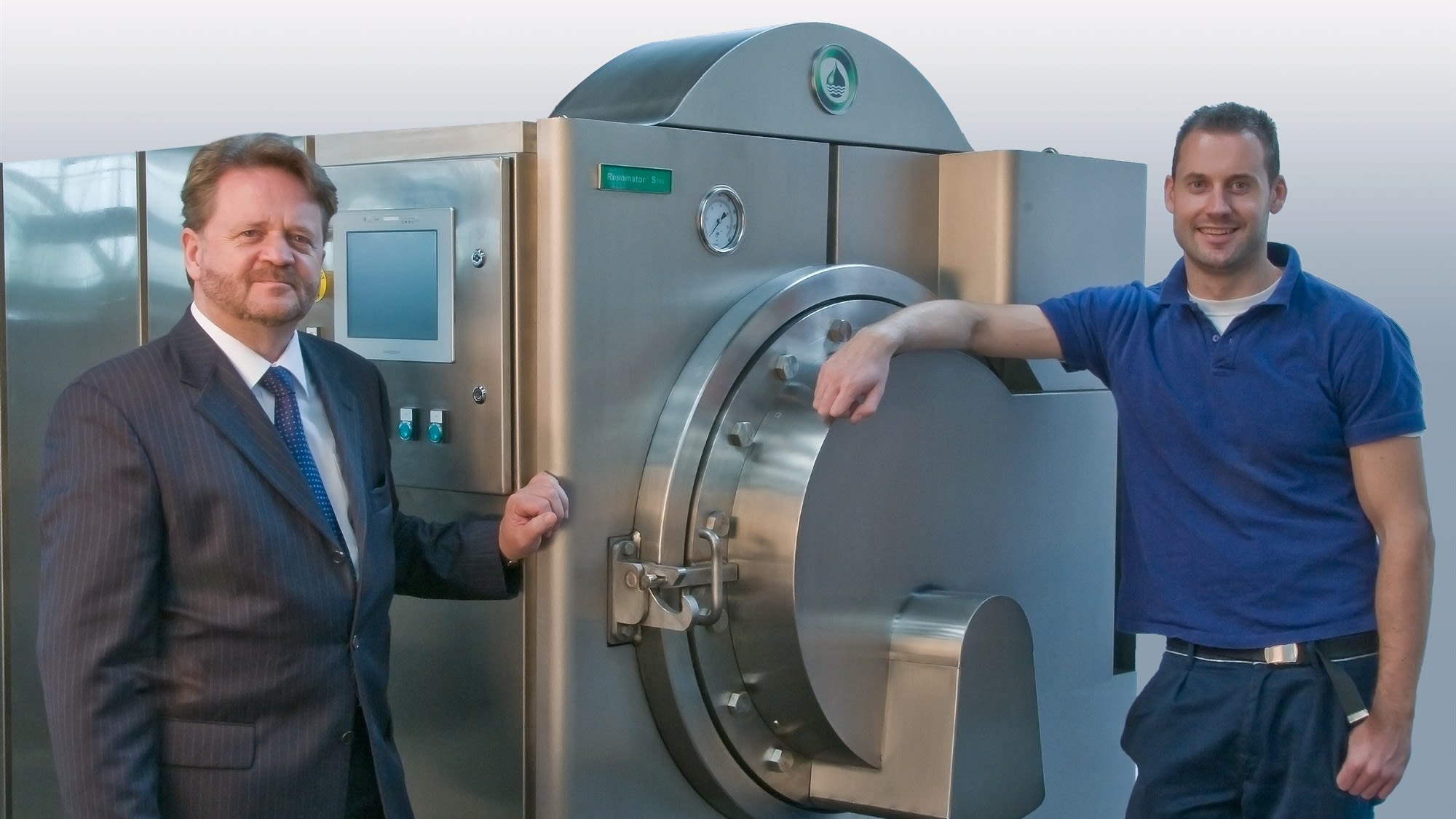
Sandy Sullivan (left) with his Resomator machine. /Resomation
Sandy Sullivan (left) with his Resomator machine. /Resomation
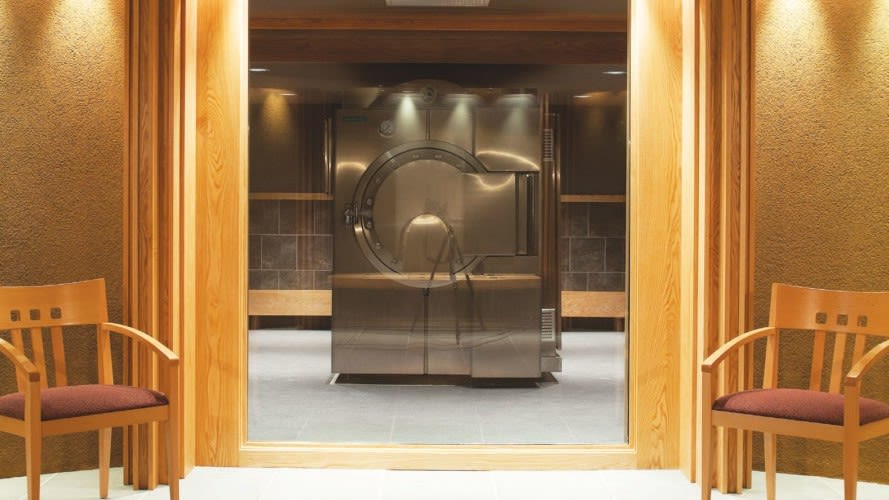
A Resomator in situ at Bradshaw's Celebration of Life Center, Minnesota. /Resomation
A Resomator in situ at Bradshaw's Celebration of Life Center, Minnesota. /Resomation
Back to soil
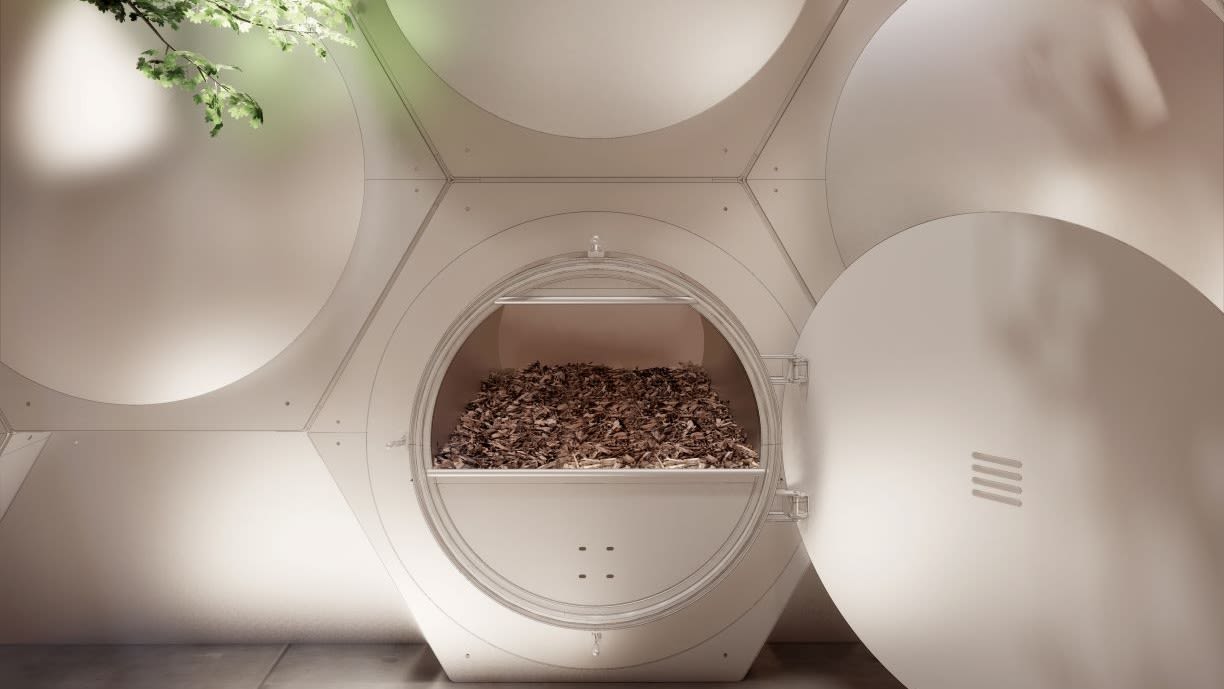
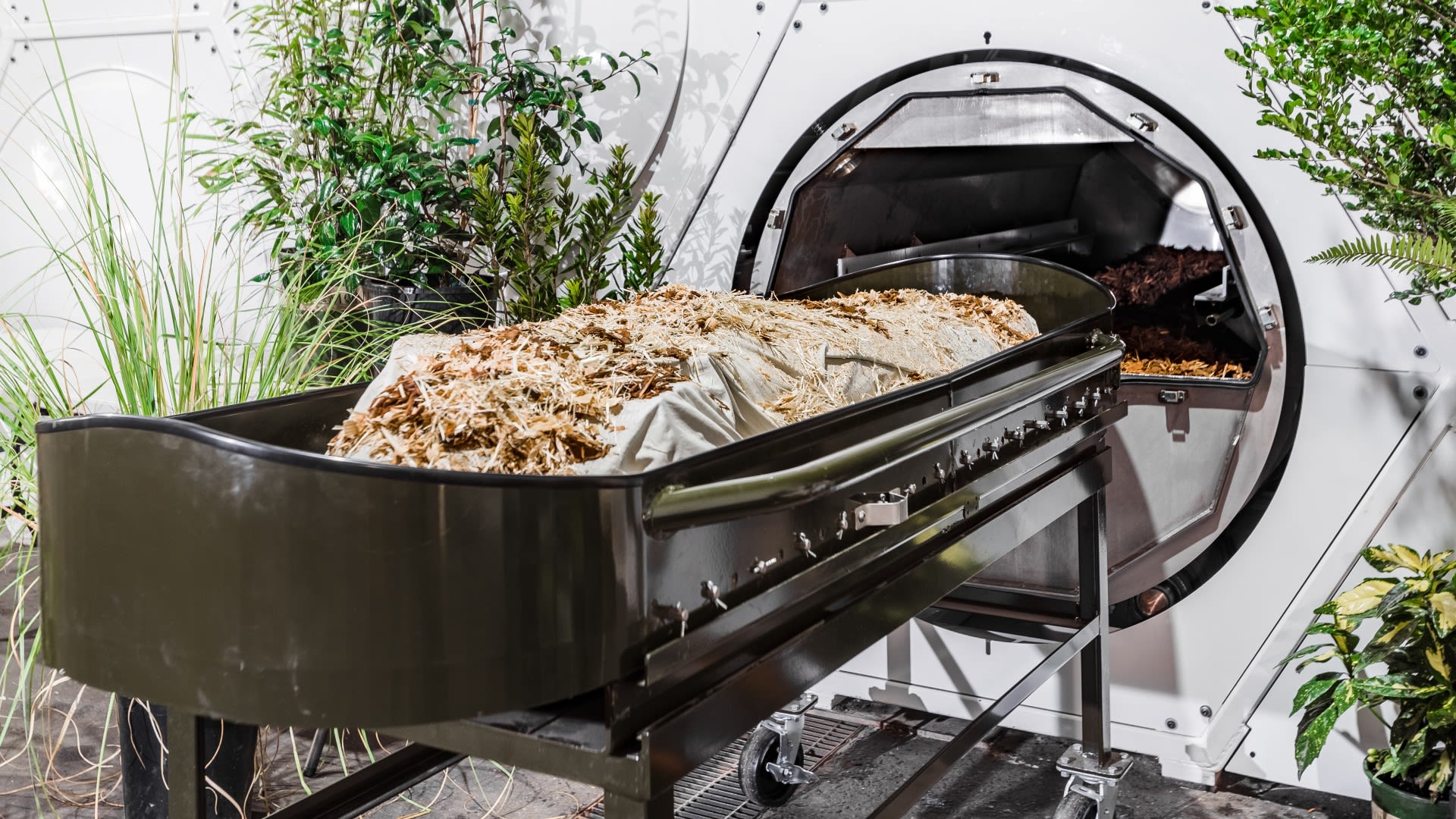
The body is stashed away with wood chips, alfalfa and straw. /Sabel Roizen
The body is stashed away with wood chips, alfalfa and straw. /Sabel Roizen

Recompose opened its Greenhouse facility in December 2020. /Sabel Roizen
Recompose opened its Greenhouse facility in December 2020. /Sabel Roizen
Clearly there is a demand for ways to reduce the carbon footprint of death, and options are multiplying. In 2019, the northwestern U.S. state of Washington became the first place in the world to legalize natural organic reduction, in which microbes turn bodies into soil in around a month.
"It's inspired by the process that takes place on the forest floor," explains Anna Swenson of Recompose, a Washington-based company offering organic reduction. "We just help it happen as fast as it possibly can, because we monitor levels of oxygen and moisture."
Recompose opened its first facility, The Greenhouse, in December 2020. "We have these stainless steel vessels, and we place each body inside a vessel with wood chips, alfalfa and straw," says Swenson. "And over 30 days, that body transforms into soil. It breaks down pharmaceuticals, it breaks down any chemotherapy that might be in the body at the time of death, even bones and teeth are transformed."
Those who have been recomposed frequently ask that their soil is used in family gardens, or around favored trees where their grandchildren play. Swenson notes that Washington's open-mindedness as a state – it was one of the first to legalize cannabis use, LGBT marriage and assisted suicide – may have helped the take-up: "There's a lot of scientists here, there's a lot of environmentalists, and people were really willing to put in the work to make this possible."
It's the environmental idea, says Swenson, which appeals to those who wish to reduce their carbon footprint after death: compared to conventional cremation or burial, every person who chooses this method "saves one metric tonne of carbon dioxide from entering the environment. A flame-based cremation is the equivalent of about 40 backyard propane containers that you might use for a barbecue.
"We have over 700 people who have chosen this for their future. So that starts to be 700-plus metric tonnes of carbon dioxide diverted. As this starts to expand, it really starts to be more impactful on climate change."
Freeze-dried funerals
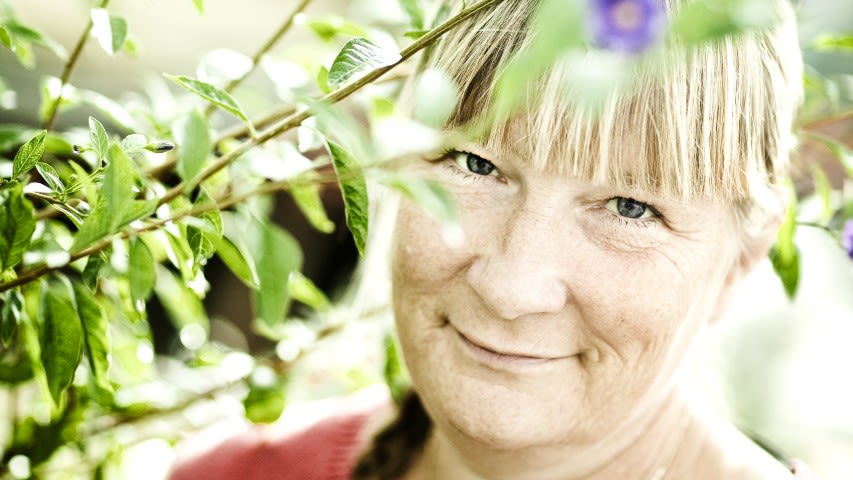
Another process for which advocates are seeking legal approval is promession, a five step-process in which bodies are freeze-dried before being turned into compost.
The body is cryogenically frozen in liquid nitrogen at -196 degrees Celsius, disintegrated by a short period of vibration, then freeze-dried to remove all moisture (and about seven-tenths of the weight).
Metals from teeth fillings, artificial hips and so on are removed by magnets or sieving, then the dry powder is placed in a biodegradable container in the top layers of soil, where aerobic bacteria decompose the remains within six to eight months.
"This is a carbon-capture technology," says Rachel Caldwell, a Kansas funeral director who is promoting the process with a company called Promessa. "It's something we see as having no 'ick factor' like some other methods, and it's completely eco-friendly."
Promession was developed by a Swedish biologist called Susanne Wiigh-Masak, who died in 2020. Although it has supporters all over the world, it is still awaiting U.S. legal approval – but Caldwell notes that current methods may need to be reevaluated.
"People are becoming a little bit more conscious of our carbon footprint because we know how many gallons of embalming fluid we use, or how many tonnes of steel in caskets, or concrete for the vaults," she says. "Now we have opportunities to study the long-term effects because we have been embalming and burying for so long."
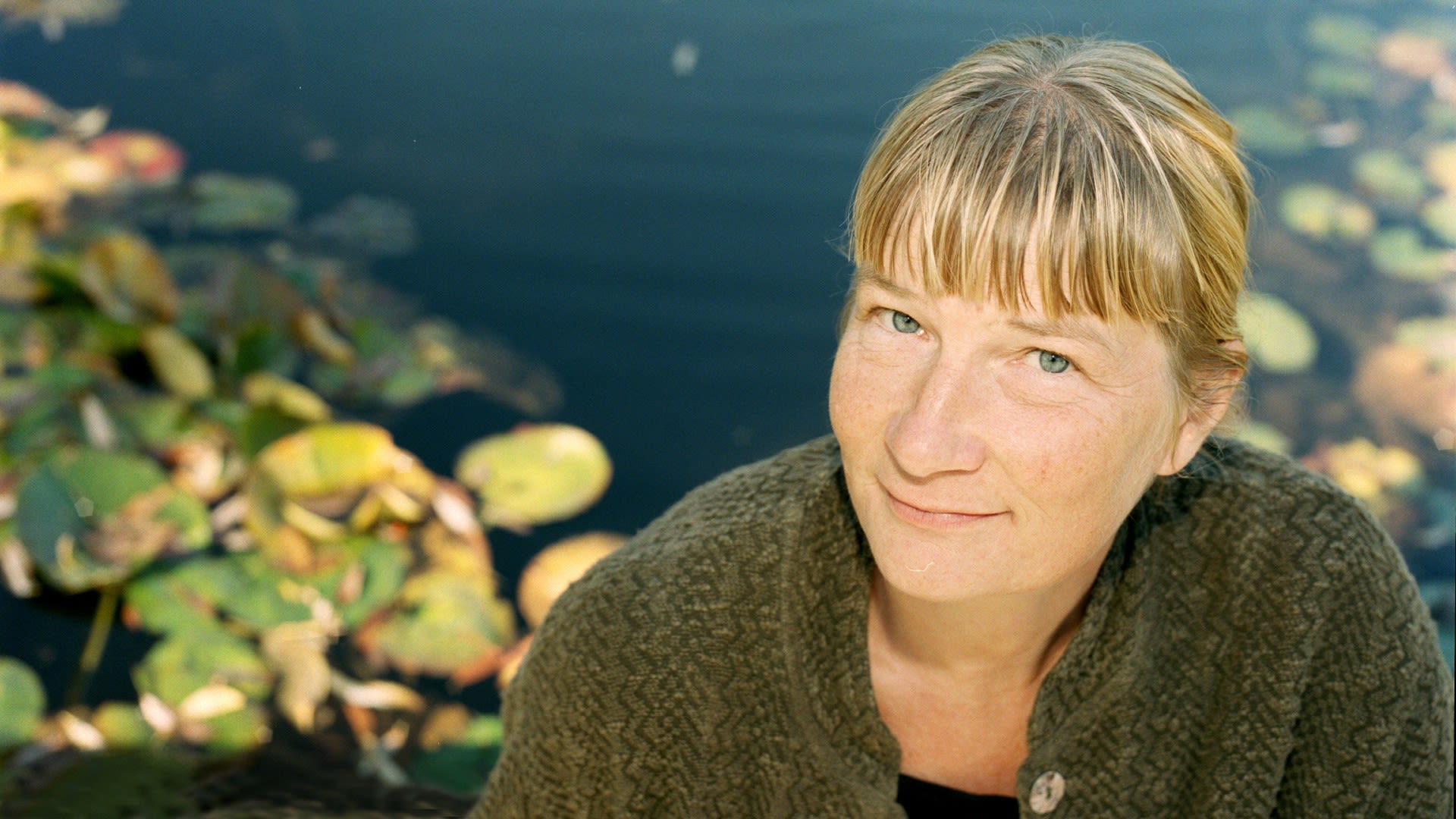
Wiigh-Masak proposed freeze-drying following by composting. /Promessa
Wiigh-Masak proposed freeze-drying following by composting. /Promessa
A watery grave
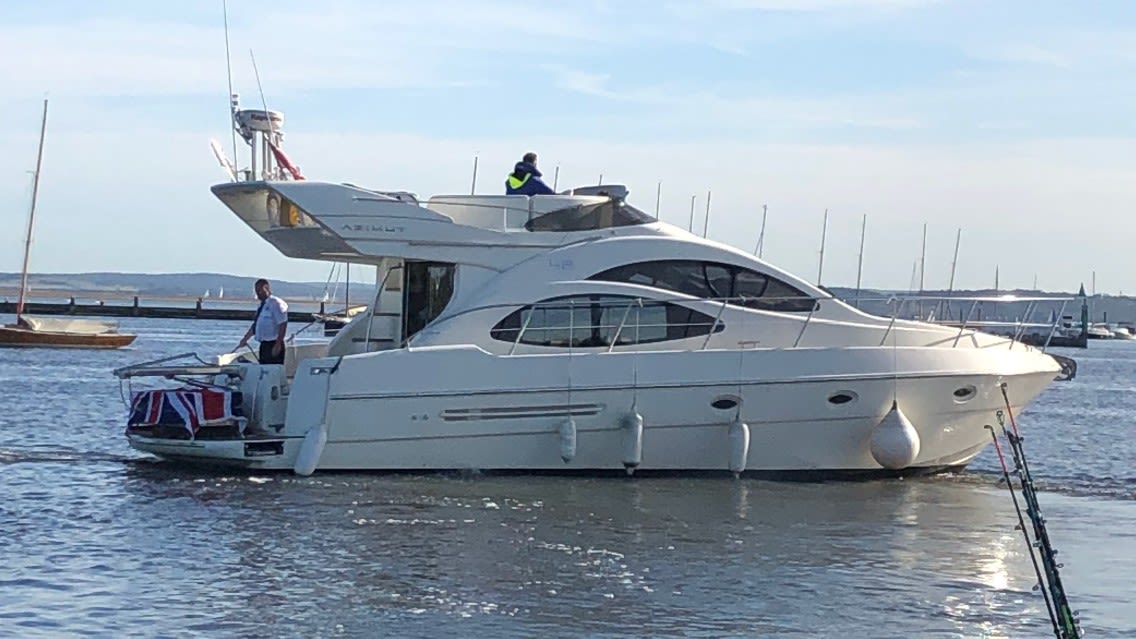
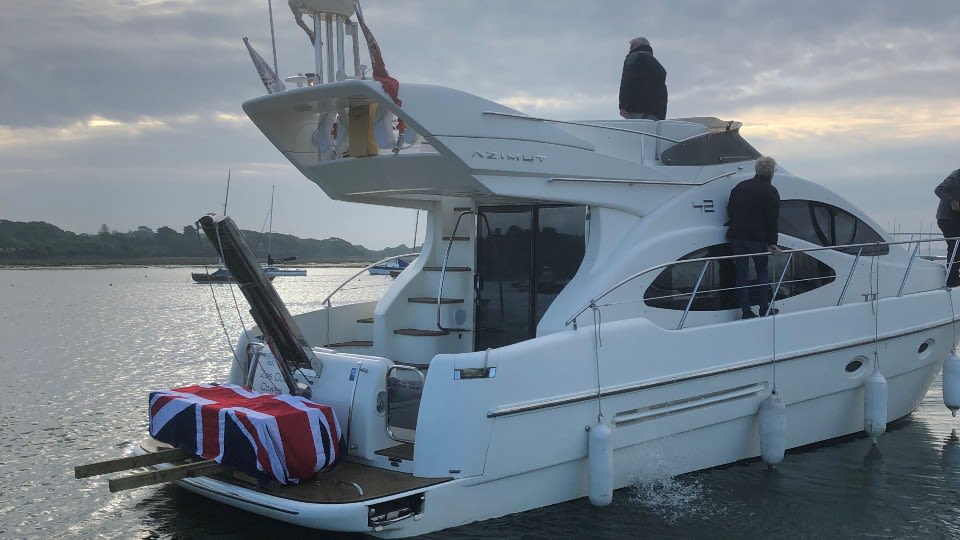
The UK allows burials at sea – in some places. /Burials At Sea
The UK allows burials at sea – in some places. /Burials At Sea
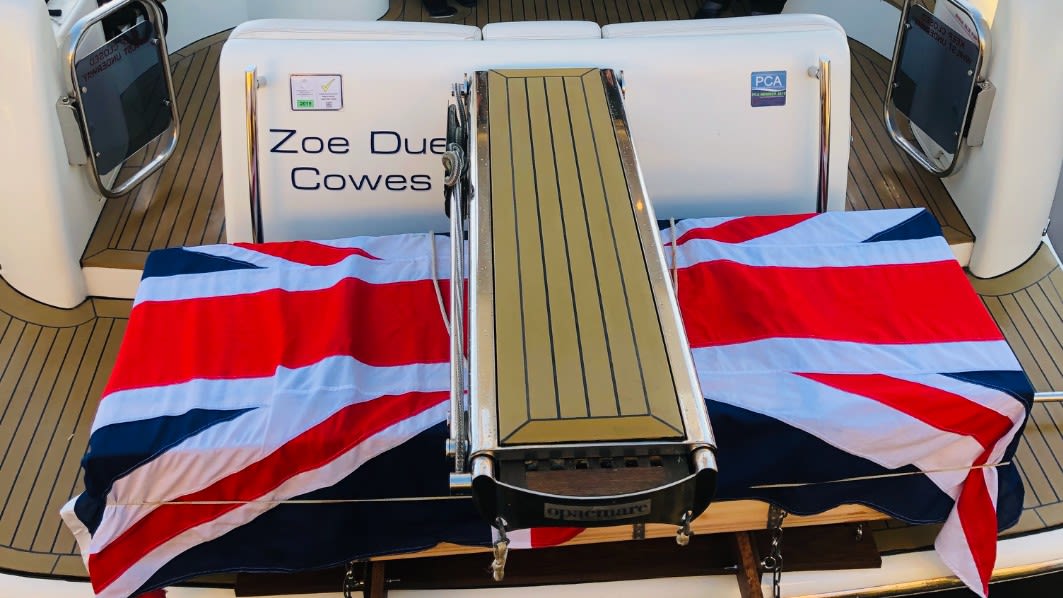
The coffins are weighted, but relatively eco-friendly. /Burials At Sea
The coffins are weighted, but relatively eco-friendly. /Burials At Sea

Not all eco-exits are futuristic. One that's happened for centuries is burial at sea. Off the UK coast are five designated sites, and John McKenzie's family business Burials at Sea reaches one from his base at Southampton on the south English coast.
Despite the sadly inevitable nature of his work, McKenzie says it can be a good experience. "The burial which took place yesterday was one of the warmest days we've had in Britain for 65 years, a lovely calm sea, and was really a very happy occasion despite the circumstances of why people were there."
McKenzie takes the coffin and family members to the Needles Spoil Ground, off the Isle of Wight – "The coordinates we'ren give are about the size of 180 football pitches, so there's plenty of space for us to go to" – and says Alfred Lord Tennyson, a famous poet who lived on the island, often provides a suitable reading.
"He wrote a poem called Crossing the Bar" – a memento mori comparing death to a voyage and containing the deathless line "may there be no sadness of farewell / When I embark." As McKenzie notes, "lots of people use this at the moment of committal because it's very poignant and it works really well."
Although the coffin, pre-drilled with holes, is also weighed down with concrete to ensure it sinks, McKenzie argues it's still comparatively eco-friendly compared to some land burials: "It's a simple softwood coffin not containing any plastics, lead, copper or zinc."
While cremated ashes can be scattered at sea in many places in Europe, sea burials are not usually permitted – meaning McKenzie's phone often rings from afar. "We've done burials at sea for two German families and had enquiries from the Netherlands and Spain," he says. "We also carried out a burial for a famous American crime writer – who featured a burial at sea in one of her books."
Dealing with the dead has long been a central concern for humans, and ecological awareness has pushed us to look for different methods. While we might all regard some of the options as better than others, it's worth remembering that opinions can change, and our consideration of the eternal might well include the best options for those we're leaving behind.
"Back in the mid-20th century," recalls Rosie Inman-Cook, "the cremation industry had a slogan: Leave the Land for the Living – and that really hit a mark. The older generation now who choose cremation think they're making a socially responsible decision.
"But that was before we realised about climate change, and pollution. It's not the socially responsible thing to do anymore."
Credits
Presenters Natalie Carney,
Writers Gary Parkinson
Podcast producers Sarah Parfitt, Alice Castle, Terry Wilson Animation and design James Sandifer
Season editor Elizabeth Mearns
